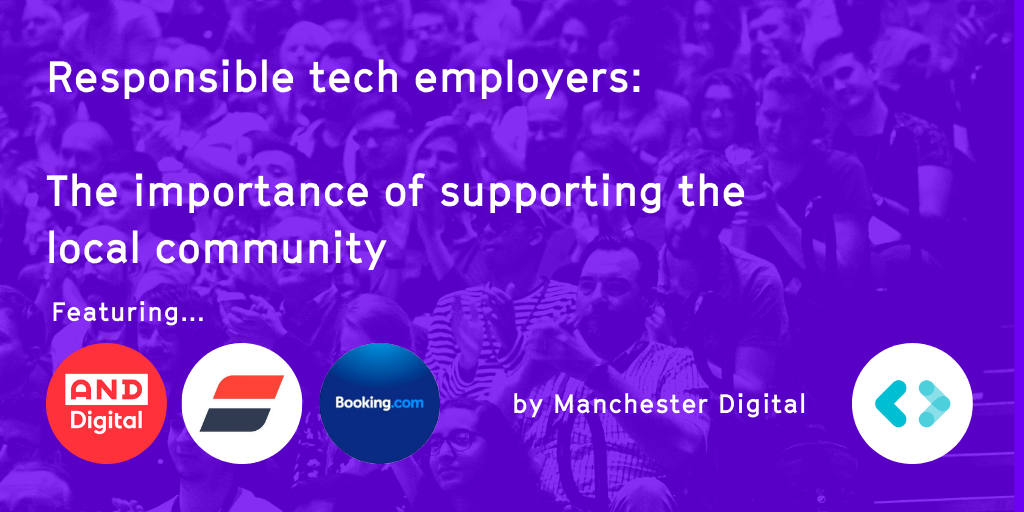
Valuations in early-stage investments
Recent posts have focused around the technical aspects of structuring a transaction. We’ll be returning to that theme, but in the meantime, we’re going to take a look at the massive issue of how venture capital investors value a business when they first invest.
Valuation is a big topic. Books galore have been published about company valuations. It could sustain a career in academia.
David Smith sets out some thoughts about one approach over a longish blog, which might help both founders and investors understand each other’s position - and get to a deal.
It must be stressed: this is just one approach. There are many. But it’s food for thought.
Let’s keep it simple
Initially, we’re going to look at valuations based only on simple equity investment: £X of cash for Y% of the company = £Z headline valuation. Things get complicated if you introduce, say, convertibles, discounts, or liquidation preferences. For the moment, just note that as soon as you move away from plain ordinary share capital investments, both founder and investor will start to struggle to work out what valuation has been agreed. Maybe that’s the point.
Quick introduction to a valuation methodology
The value of an investors’ stake today is the value of his stake in the future, on some hoped-for exit. It may be that they get bought out by a later-stage investor, or on an IPO, but generally it’s a trade sale, if it happens at all (and of course, it generally doesn’t).
Here are the moving parts that together drive today’s valuation:
- What is the business going to be worth?
- When?
- How much will the investor still own?
- What’s the chance of success?
- How to account for differing hold-periods – the time-value of money
Let’s take these parts one at a time.
The future valuation
It’s really about discounted cashflows…
An acquirer will value the business based on the net future cashflows they expect to acquire.
That doesn’t necessarily mean that the target will be cash-generative (or even have any revenues) on exit. So an acquirer may buy out a possible competitor before they get traction - maybe a start-up barely in revenues that they can commercialise better than the target. A lot of Big Tech’s M&A falls into this category.
Whether or not the target exits on the back of historic revenues, acquirers value the target based on what that future earnings the target could deliver by itself, if any. They will also add-in any extra cashflows due to the acceleration in revenues and any cost savings which the acquirer can deliver (how much, if any, of the value attributable to those synergies gets paid over to the target shareholders is a matter for negotiation).
The acquirer will typically value those cashflows using a long term discounted cashflow analysis. That is the business’s net present value, or NPV. The stock market works in the same way.
….but we tend to use multiples of revenues and profits…
This NPV basis of valuation tends to throw up statistical patterns and groupings. A bunch of similar businesses valued on an NPV basis may also demonstrate fairly similar ratios of valuations-to-current revenues, with some outliers. This grouping likely implies that buyers and investors have broadly similar expectations of future growth in earnings between these various companies. SaaS businesses quoted in the US, for example, are presently (early July 2020) grouped with a valuation / revenues multiple of mainly between 4X and 8X, with some outliers valued much lower and some much higher. Differences within the cohort will owe a lot to their varying individual growth rates. You see a similar grouping in multiples of profits.
These ready-reckoner multiples are genuinely helpful but it’s worth remembering that they are a by-product of more fundamental NPV analyses. Remember also, in using revenue multiples, that it’s ultimately cash-profits that really count.
We can get data on valuation multiples either from published information on quoted companies in the same sector, or the much skimpier disclosures on private company sales. There’s an element of interpretation needed for both that would fill an article in itself. The main point is that the target will almost certainly get bought for a lesser multiple of revenues or profits than the acquirer itself commands, reflecting synergies, differing growth rates, scale and the relative stability of acquirer versus target.
When DSW Angels make an investment, given so many uncertainties, there’s little point putting us in the shoes of some hypothetical future buyer and creating a full NPV valuation model. But we do need a guide to what we expect a successful exit to look like – for which we use the above rules of thumb. Typically, we apply revenue or EBIT multiples relevant to the particular company’s sector, flexed for factors such as the forecast growth rate and relative levels of recurring revenue. We tend to assume that market multiples will remain stable over time – at a long-term average, not at the top of the market.
Partner, DSW Angels








